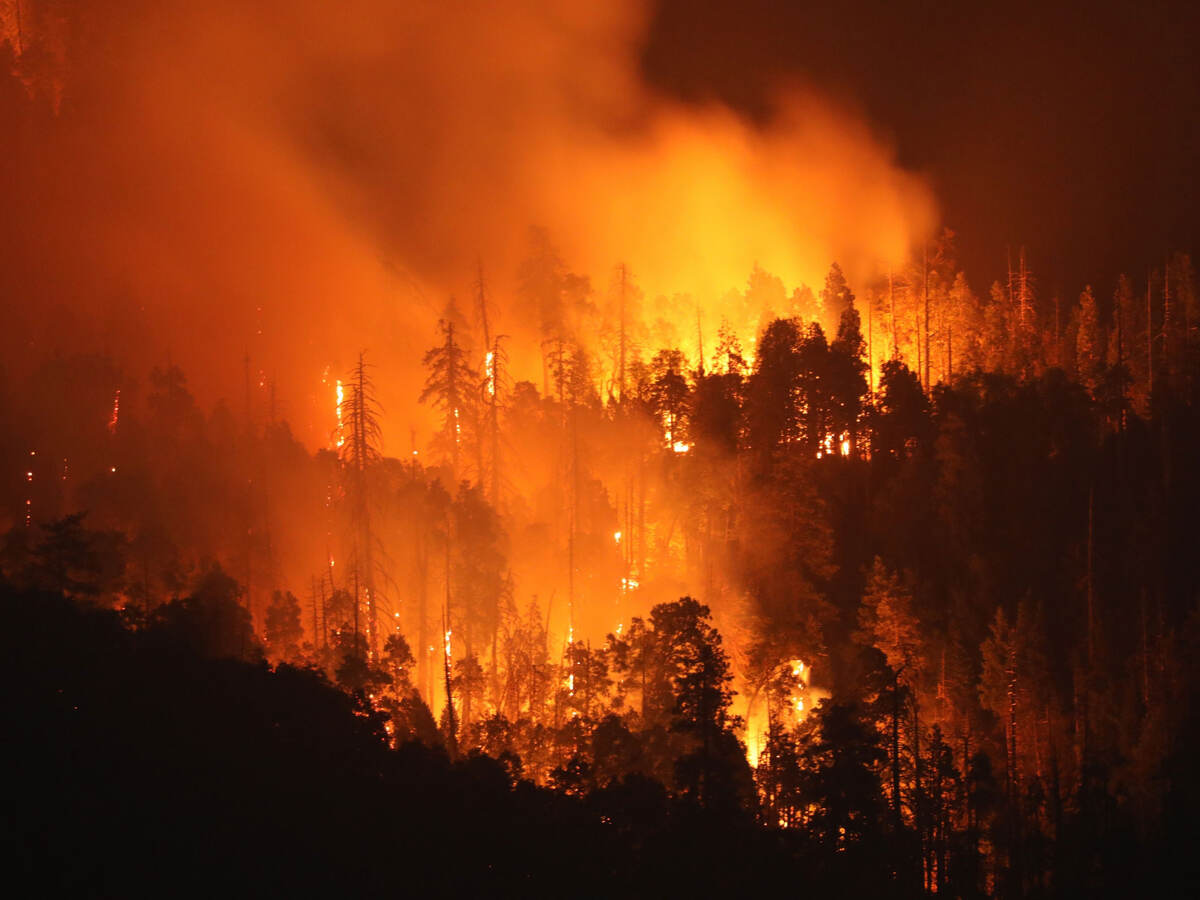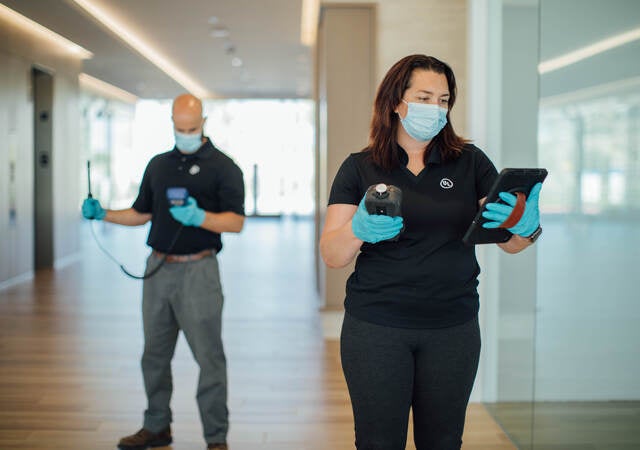Wildfires are common natural events in many ecosystems, but they are increasing in size, frequency and severity. Currently, in the United States (U.S.), about one in three homes are located in the wildland-urban interface (WUI) near forests or other natural vegetation. In 2022, the National Interagency Fire Center kept statistics on the total wildland fires and acreage of those fires. The organization reported 68,988 wildfires in the U.S., and it appears that every year that number is increasing, with 7,577,183 acres of wildfire occurring in 2022, a jump of more than 400,000 acres.
Health concerns from wildfires
During wildfires, a variety of chemicals are released into the air. Smoke from wildfires can contain a mixture of chemicals, including volatile organic compounds (VOCs), polycyclic aromatic hydrocarbons (PAHs), carbon monoxide, water vapor and particulates. Particles can be made up of different components, including acids (such as sulfuric acid). Inorganic compounds, like ammonium sulfate, ammonium nitrate and sodium chloride, as well as organic chemicals, soot, metals, soil or dust particles, and biological materials, including pollen and mold spores, all can be parts of smoke. Some of these chemicals that can be released during a wildfire are not always monitored; thus their levels in the air are unknown.
A significant health concern from wildfires is fine particle matter, also called PM 2.5 — small inhalable particles less than 2.5 micrometers in size. These particles can penetrate deep into the lungs and can cause numerous health effects.
Scientific research from the Environmental Protection Agency has stated that there is an increase in the risk of respiratory and cardiovascular health effects in response to wildfire smoke exposure, particularly as the intensity of wildfire smoke increases. Short-term exposure, or over a few days, can lead to the following health effects:
- Irritation of eyes and respiratory track
- Respiratory symptoms, i.e., coughing, wheezing, difficulty breathing
- Respiratory effects, i.e., bronchitis, reduced lung function, increase in asthma
- Cardiovascular effects, i.e., heart failure, heart attack, stroke
Besides chemicals being released into the air from wildfires, there is evidence that some chemicals are leaking into water supplies from burning vegetation, structures and plastic materials. According to the American Water Works Association’s research of the Tubbs Fire in 2017 and the Camp Fire in 2018, benzene, naphthalene, toluene and styrene, to name a few, can be released from items burned during the fires and travel into water systems.
When chemicals are pulled into plumbing systems, they can linger in pipes for years. Some of these chemicals can cause health effects such as:
- Irritation to the skin
- Nausea
- Issues with the nervous, immune and reproductive systems
Wildfire precautions
The following precautions can be taken during and after wildfire:
- Make sure the water has been tested by regulatory agencies before consuming, bathing or cooking with it.
- Do not smell water to determine if it is safe to drink since many chemicals have no odors.
- Keep windows and doors closed.
- Use fans to stay cool. If you cannot stay cool, seek shelter elsewhere.
- Reduce the smoke that can enter the building by keeping windows and doors closed.
- Use a portable air cleaner or high-efficiency filter to remove fine particles from the air.
- Use an N95 face mask.
- Use caution around damaged buildings and structures.
How UL Solutions can help you
The UL Solutions team can assist customers regarding indoor air quality and water concerns for employees and building occupants during wildfires. We can also provide guidance to property managers and employers to help determine if buildings are safe for re-occupancy following a wildfire. Learn more about the UL Verified Healthy Building Mark and our Building Re-occupancy Assessment Services.
Get connected with our sales team
Thanks for your interest in UL's products and services. Let's collect some information so we can connect you with the right person.




